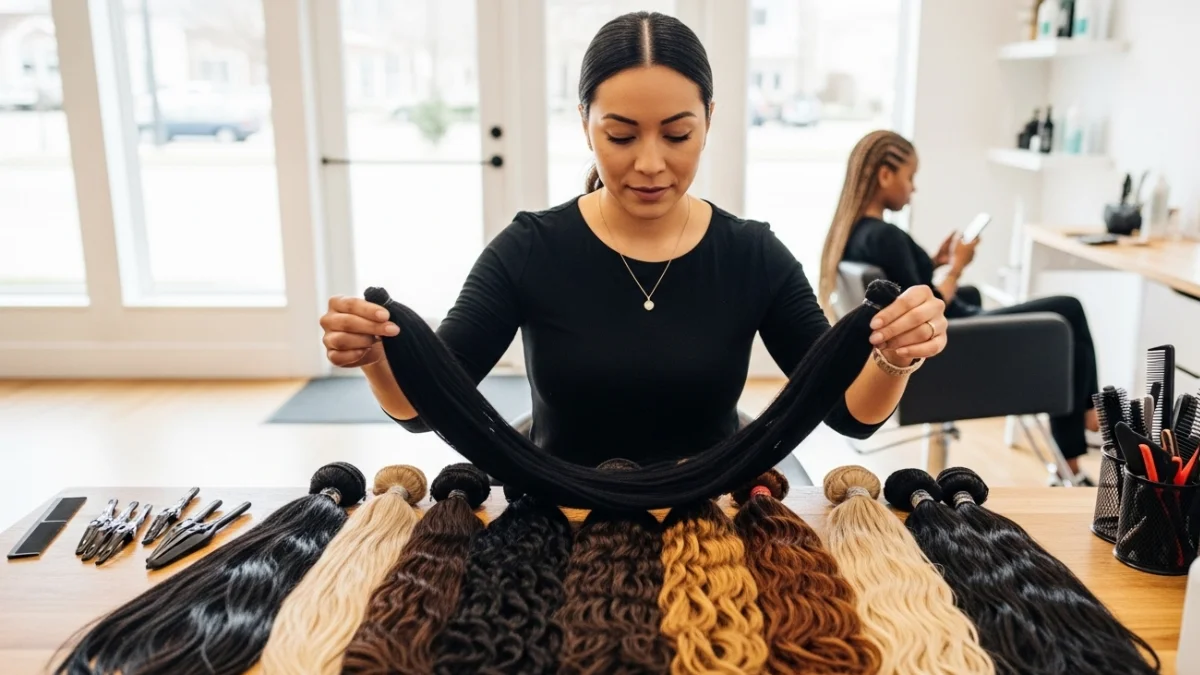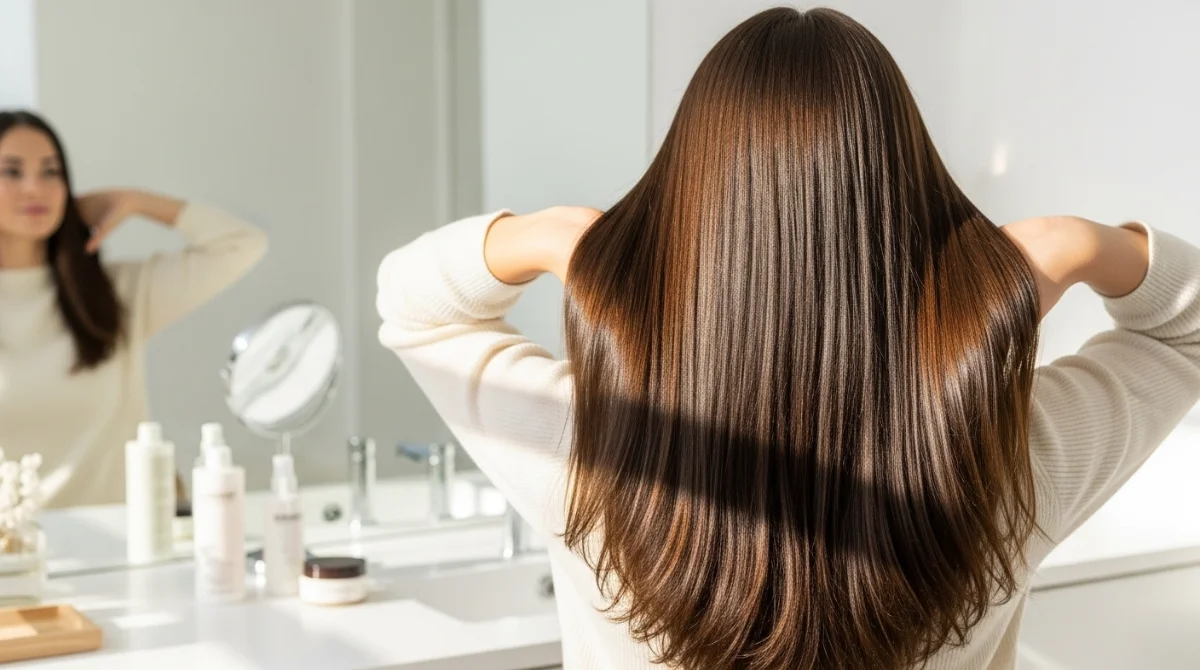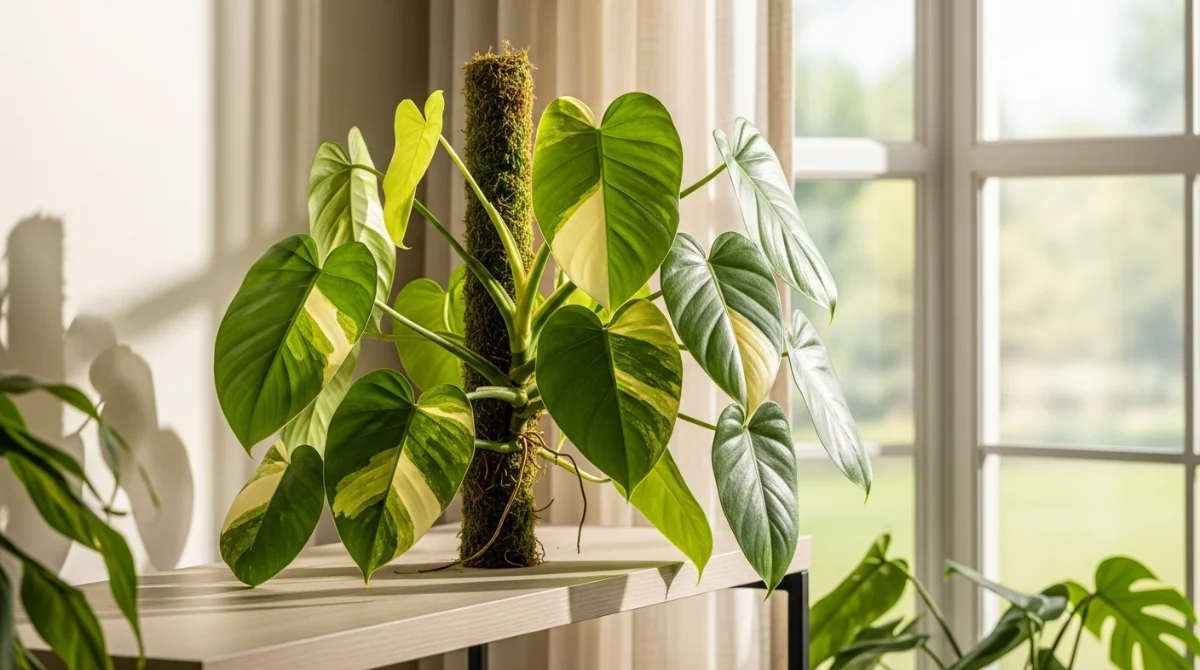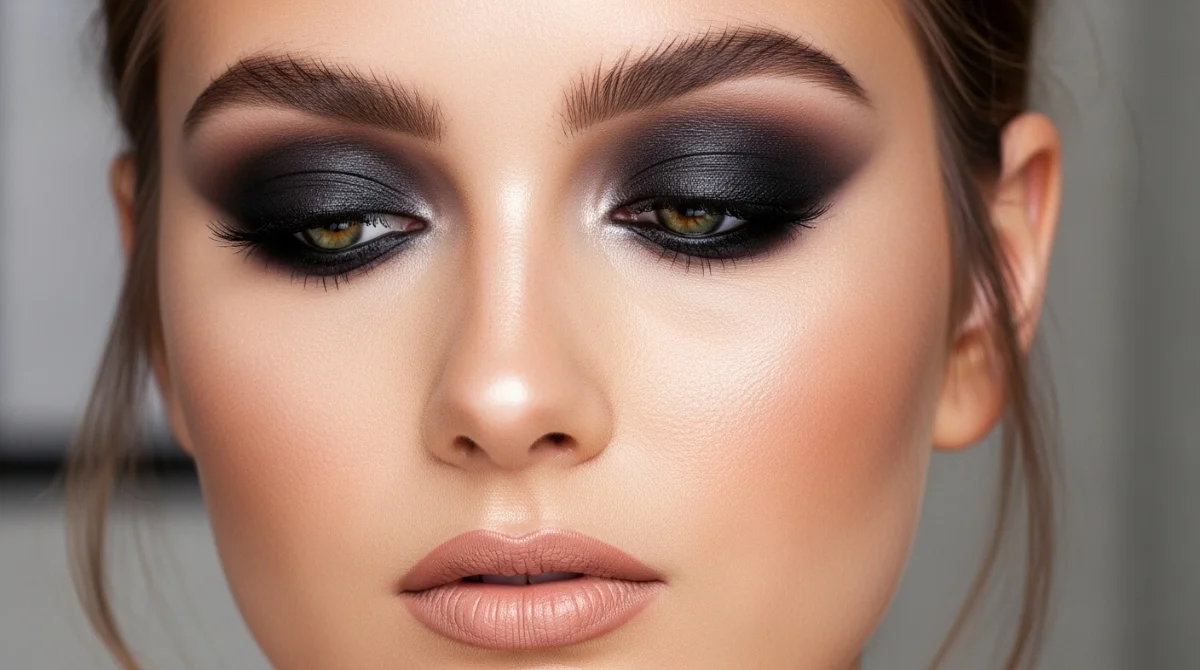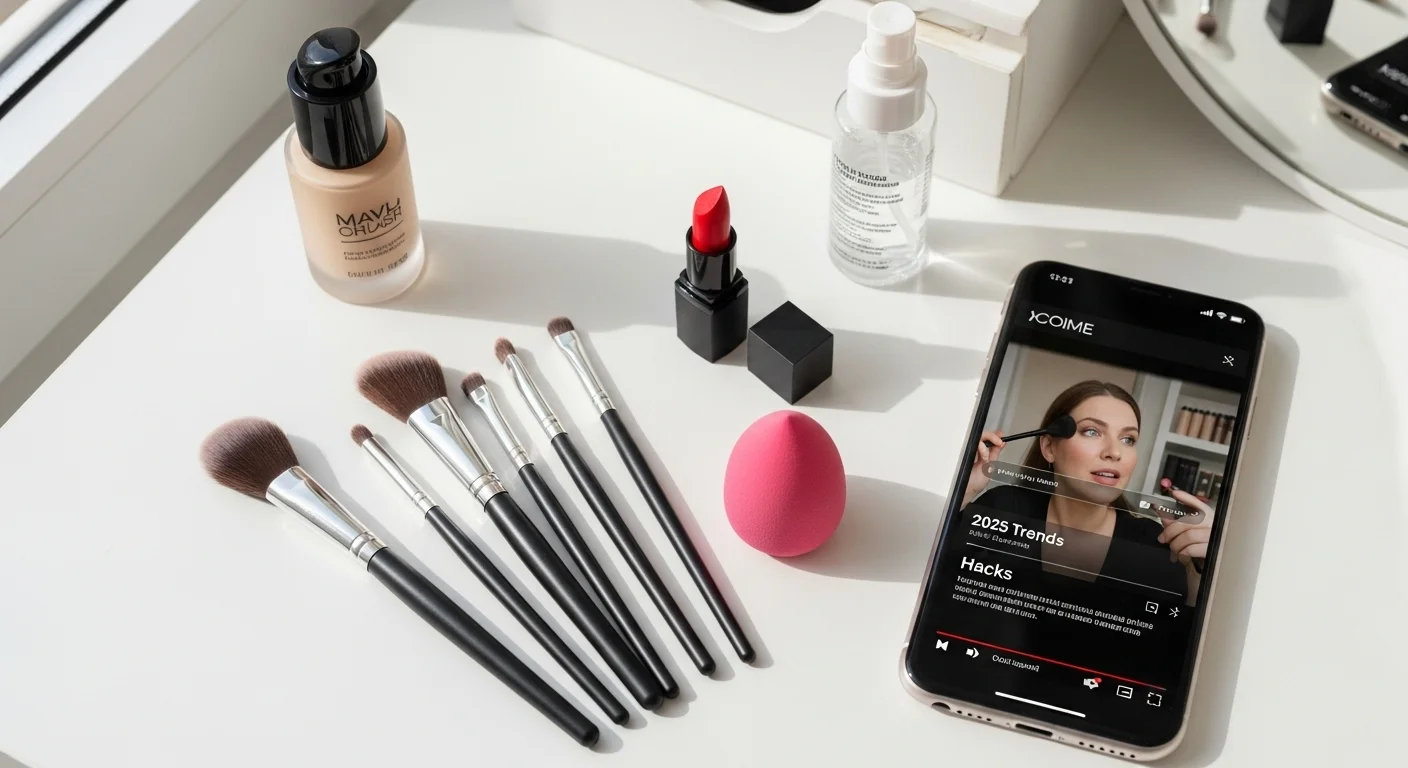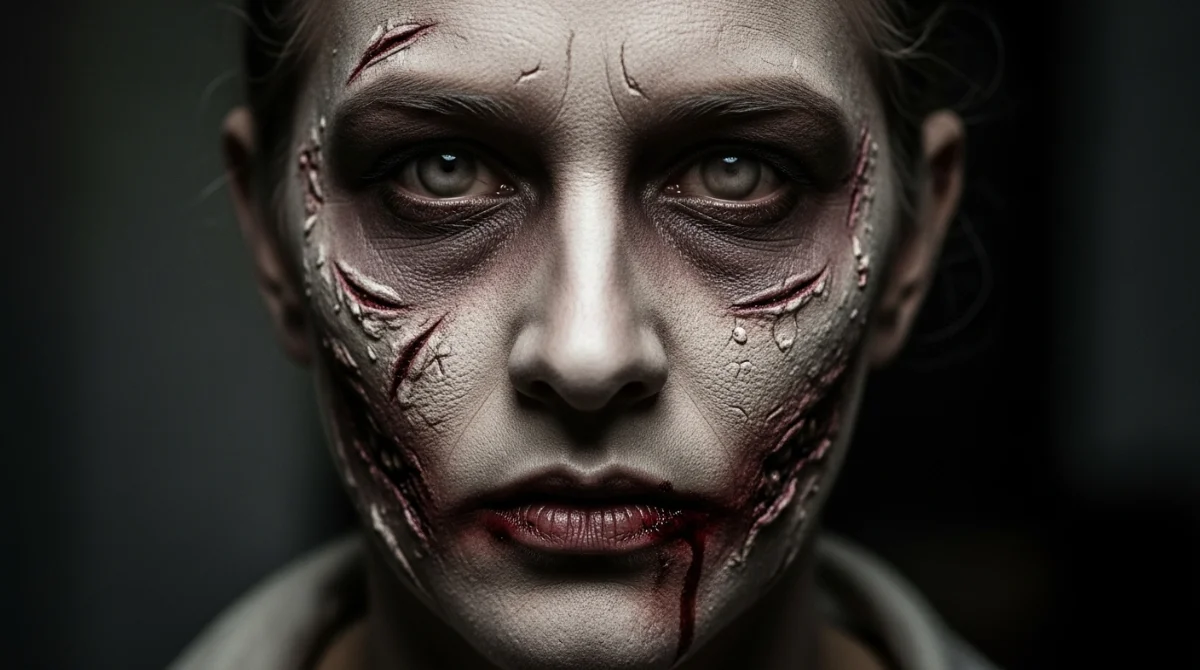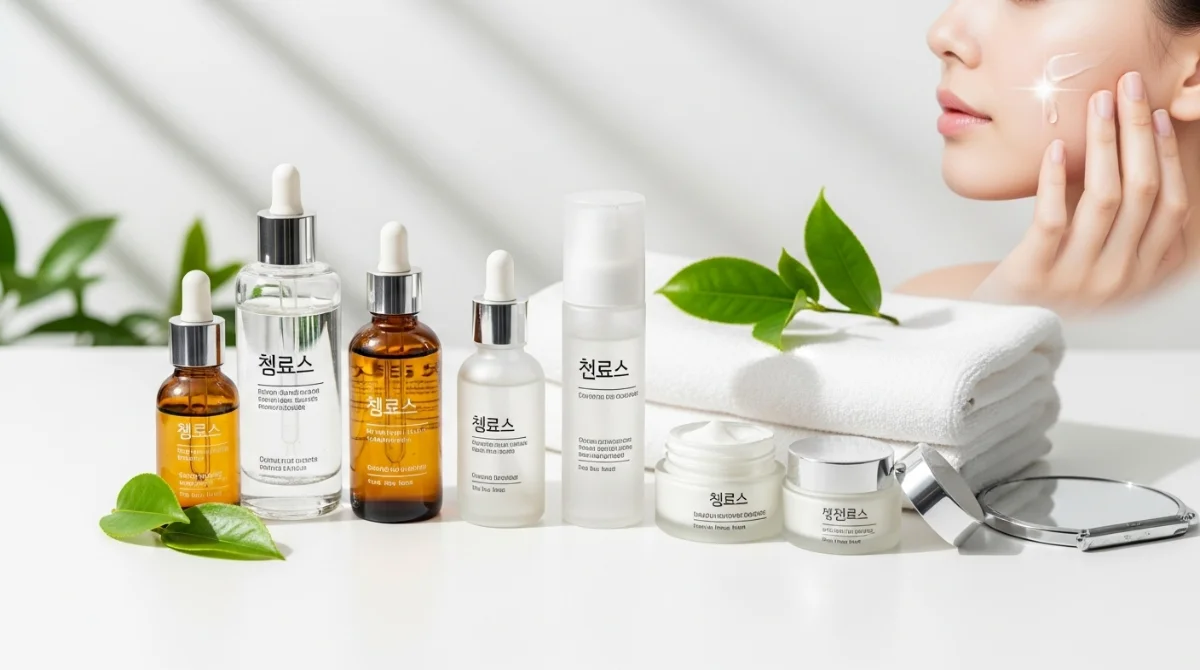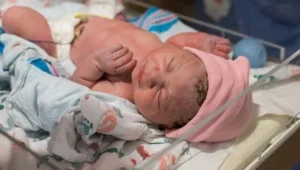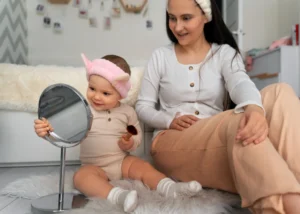Braids are stylish, versatile, and protective, but hair quality matters greatly. Synthetic hair is affordable but lacks the softness and longevity of human hair. Quality human braiding hair offers a natural appearance, comfort, and reusable durability. This guide explains hair types, buying tips, and proper maintenance for lasting results.
What Is Quality Human Braiding Hair
Not every product labeled “human hair” offers authentic quality for braiding. True quality human braiding hair retains cuticles and minimal processing integrity. It blends naturally, tangles less, and can often be reused successfully. Knowing the main categories helps you choose the best option confidently.
Virgin vs. Remy vs. Processed Hair
Virgin human hair comes from one donor, unprocessed, with aligned cuticles intact. Remy hair is also high quality but may involve multiple donor sources. Processed hair is chemically altered, cheaper, but less durable for braiding styles. Understand these differences to match your budget and styling needs effectively.
Single-Drawn vs. Double-Drawn Hair
Single-drawn hair contains mixed lengths, producing a natural taper at ends. Double-drawn hair has uniform lengths, creating thicker and fuller braids easily. Choose based on the look you want and your stylist’s recommendation. Fuller braids need double-drawn; tapered styles suit single-drawn hair better.
Texture Options
Human braiding hair comes in straight, wavy, curly, and kinky textures. Selecting the right texture ensures seamless blending with your natural hair. Kinky textures match tightly coiled hair, while wavy suits have looser curl patterns. Choosing correctly prevents mismatched styles and enhances the longevity of braids.
Key Factors to Evaluate Before Buying
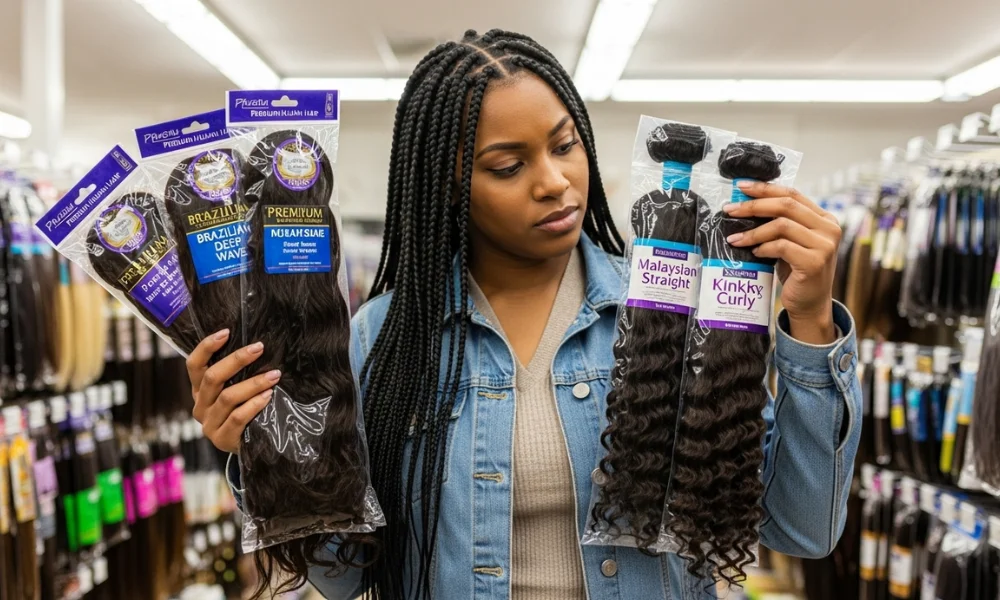
Selecting quality human braiding hair means checking details beyond product labeling. Cuticle alignment, shedding resistance, and weight directly influence your results. Ethical sourcing and price transparency also indicate supplier reliability. Compare these factors carefully before making any purchase decision.
Cuticle Alignment & Shedding
Aligned cuticles reduce tangling, shedding, and friction during braiding processes. Run fingers downward to test smoothness and cuticle direction easily. Smooth hair feels silky, indicating higher quality strands overall. Misaligned cuticles repeatedly snag, tangle, and shed after installation.
Color & Dye-Friendliness
High-quality hair allows safe coloring, toning, or lightening without damage. Check packaging or ask suppliers about dye-friendly certifications before purchase. Choose hair that matches your shade to reduce extra chemical processing. Natural colors blend seamlessly and require less future maintenance effort.
Weight & Bulk
Lightweight hair minimizes scalp tension, preventing headaches and breakage effectively. Heavy bundles strain follicles, causing potential hair loss or discomfort. Ask for hair weight per bundle to estimate the style’s total load. Lighter hair enhances comfort for small or knotless braids significantly.
Origin and Sourcing Ethics
Ethically sourced hair ensures consistent quality and fair trade practices too. Reputable suppliers disclose origin, processing, and collection methods clearly. Transparency indicates higher standards and better overall hair longevity. Research suppliers online and read authentic customer reviews carefully.
Price & Bundle Size
Quality costs more initially but lasts longer through multiple installations. Calculate the total price, including bundles required for your chosen style. Avoid suspiciously cheap hair promising unrealistic durability or features. Invest wisely to achieve natural-looking, long-lasting braids comfortably.
Human vs. Synthetic Braiding Hair
Choosing between human and synthetic hair requires weighing the benefits and drawbacks. Human hair feels natural, styles flexibly, and endures multiple uses easily. Synthetic hair costs less but may irritate the scalp and lacks versatility. Use this table for a quick, clear comparison overview:
| Feature | Human Braiding Hair | Synthetic Braiding Hair |
|---|---|---|
| Look & Feel | Natural, soft, blends easily | Shiny, less natural look |
| Lifespan | Longer can be reused | Shorter, single-use mostly |
| Styling Options | Dye and heat safe (carefully) | Limited, melts with heat |
| Price | Higher initial cost | Cheaper upfront cost |
| Comfort | Lightweight, less scalp tension | Heavier, more irritation |
How to Maintain Quality Human Braiding Hair
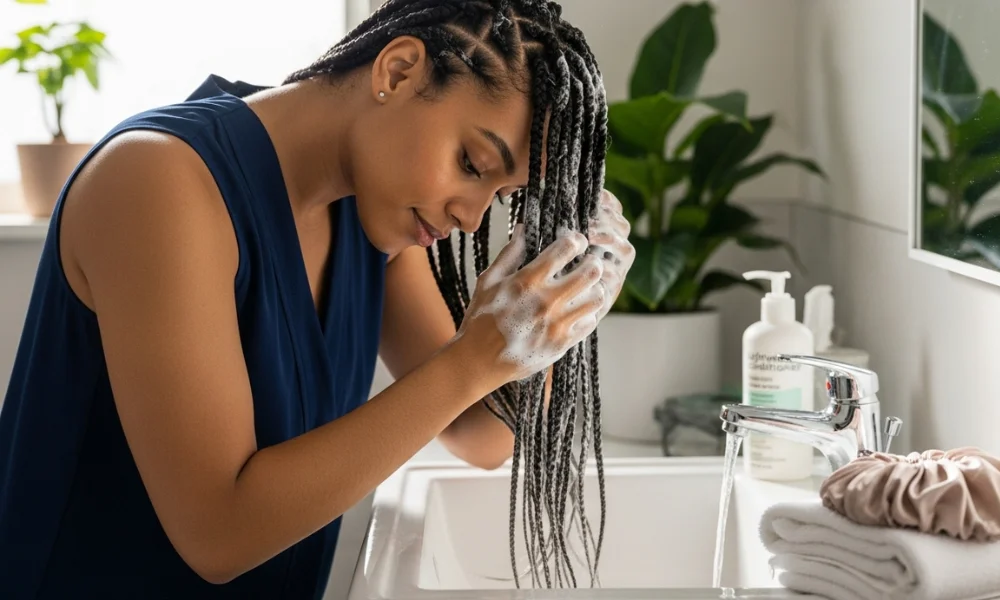
Caring for high-quality human braiding hair effectively extends its life and maintains its beauty. Proper washing, conditioning, and protection help prevent dryness, tangling, and shedding. Use gentle products formulated for human hair to preserve cuticles intact. Consistent maintenance ensures your braids stay neat, soft, and reusable longer.
Washing and Conditioning Tips
Wash your braids gently using sulfate-free shampoo diluted with lukewarm water. Focus on scalp cleansing without rough scrubbing to reduce hair stress. Follow with lightweight conditioner to maintain moisture and shine thoroughly. Rinse completely and pat dry using a soft towel carefully.
Protecting Hair at Night
Cover braids with a silk or satin bonnet before going to sleep each night. This reduces friction, frizz, and breakage while maintaining smoothness. Avoid cotton pillowcases that can absorb moisture from braided human hair. Protective coverings help retain softness and prevent unnecessary tangling.
Avoiding Heat and Harsh Styling
Minimize heat styling tools to preserve hair integrity and shine. If necessary, use low temperatures and heat protectant sprays at all times. Avoid heavy oils or sticky products that weigh down braiding hair. Gentle handling significantly extends the lifespan of your investment.
Buying Guide & Trusted Sources
Where you buy hair greatly affects quality, consistency, and customer support. Choose reputable beauty supply stores or verified online sellers offering transparency. Check reviews and return policies before investing in bulk human hair. Trustworthy suppliers disclose hair origin, texture, and care instructions clearly.
What to Look for When Buying
Inspect packaging for proper labeling of hair type and origin details. High-quality suppliers provide texture samples or clear product images online. Look for realistic pricing; extremely low costs often signal possible inferior hair. Ask about bundle weights, lengths, and available textures before purchasing.
Red Flags to Avoid
Avoid hair with an overly shiny appearance, suggesting a heavy silicone coating. Stay cautious of products with strong chemical smells or vague descriptions. Steer clear of vendors lacking reviews or clear return policies. Red flags typically indicate lower quality or processed hair falsely marketed.
Comparison Table for Quick Reference
| Type | Durability | Cost per Bundle | Ideal Use |
|---|---|---|---|
| Virgin Human Hair | Highest | $$$ | Long-lasting premium braids |
| Remy Human Hair | High | $$ | Natural everyday braids |
| Processed Human Hair | Moderate | $ | Short-term or experimental styles |
Common Styles with Quality Human Braiding Hair
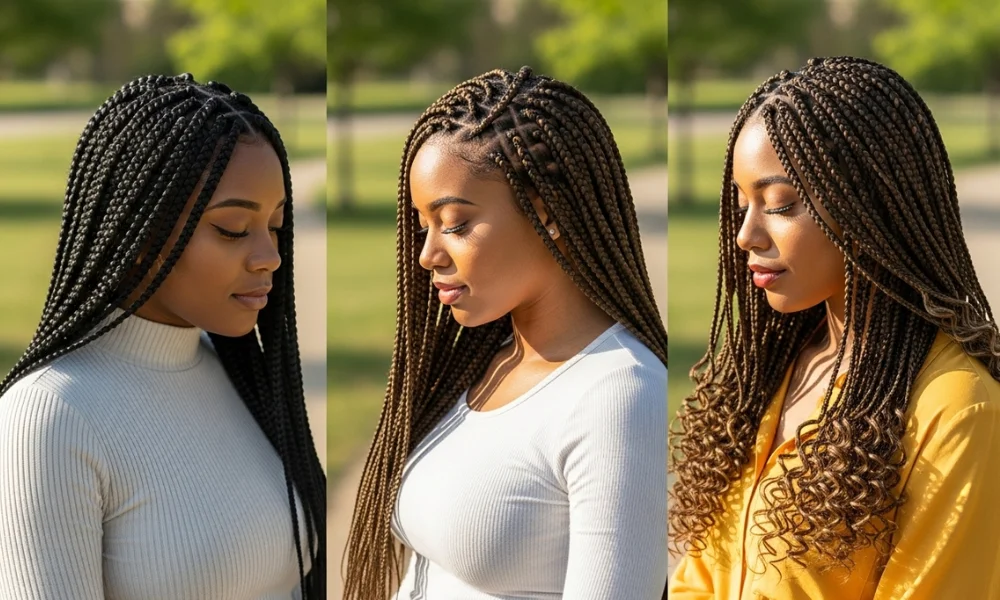
Different braid styles benefit from using quality human braiding hair effectively. Box braids, knotless braids, and boho braids look more natural and soft. Lightweight hair reduces scalp tension, making small braids comfortable to wear. Human hair allows heat styling or curling ends for versatile looks.
Box Braids
Box braids require uniform thickness and texture for neat, consistent sections. Using high-quality human hair creates smooth, frizz-free, and longer-lasting braids. It also allows you to refresh or reuse hair for future styles. This makes box braids an economical yet premium protective hairstyle.
Knotless Braids
Knotless braids need hair that blends seamlessly with natural roots. Quality human braiding hair offers a softer feel and less scalp tension. It also reduces visible knots, giving a sleeker, more natural appearance. Choose lightweight bundles for maximum comfort and movement.
Boho or Micro Braids
Boho braids feature loose, wavy ends that require dye-friendly human hair. Micro braids need thin, strong strands to prevent breakage during installation. Quality human braiding hair ensures durability and natural flow for both styles. This flexibility sets it apart from synthetic alternatives significantly.
Conclusion
Investing in quality human braiding hair ensures natural-looking, durable, and comfortable styles. Understanding hair types, key buying factors, and proper maintenance saves money. Quality hair blends better, lasts longer, and protects your natural hair underneath. Use this guide to choose, style, and care for braided hair wisely.

